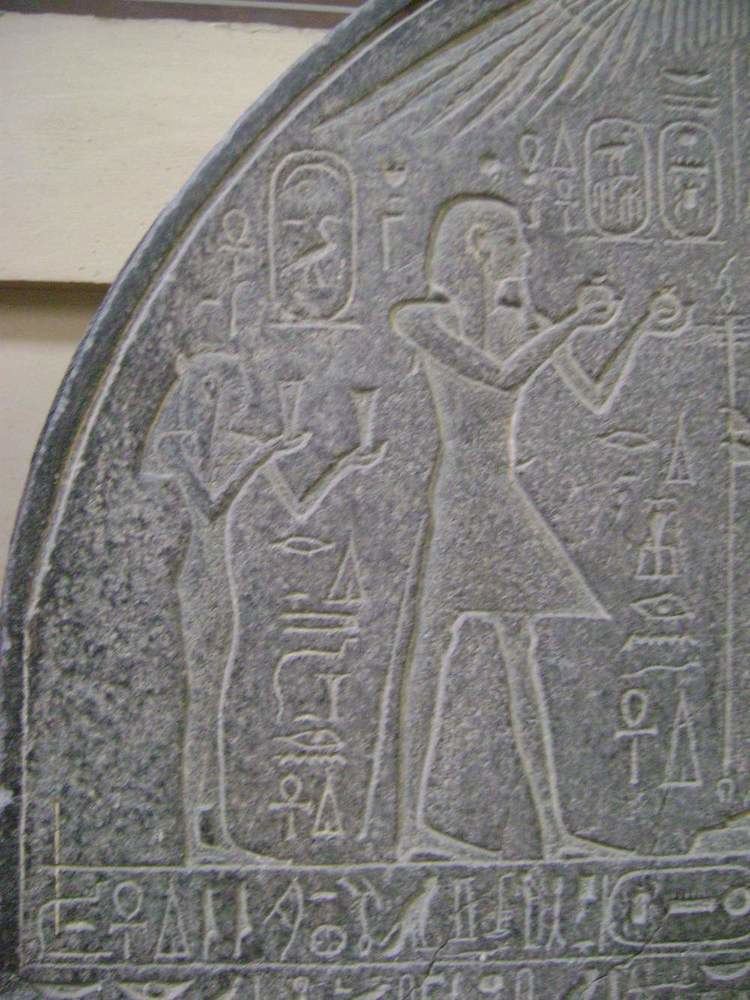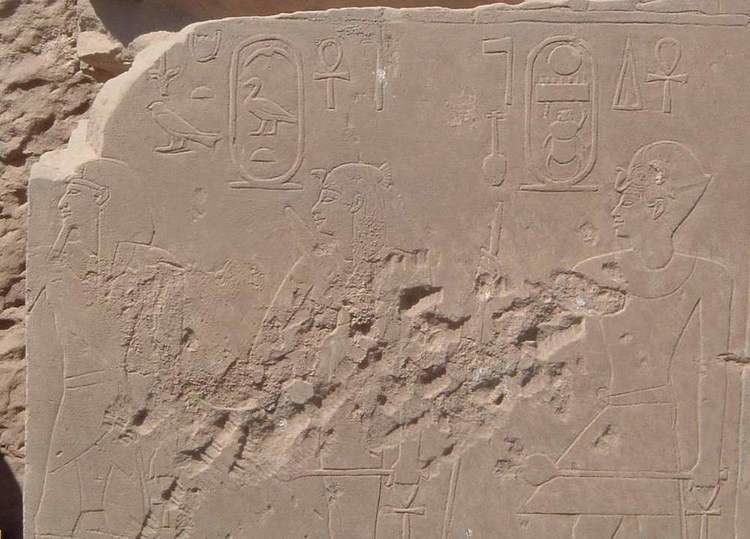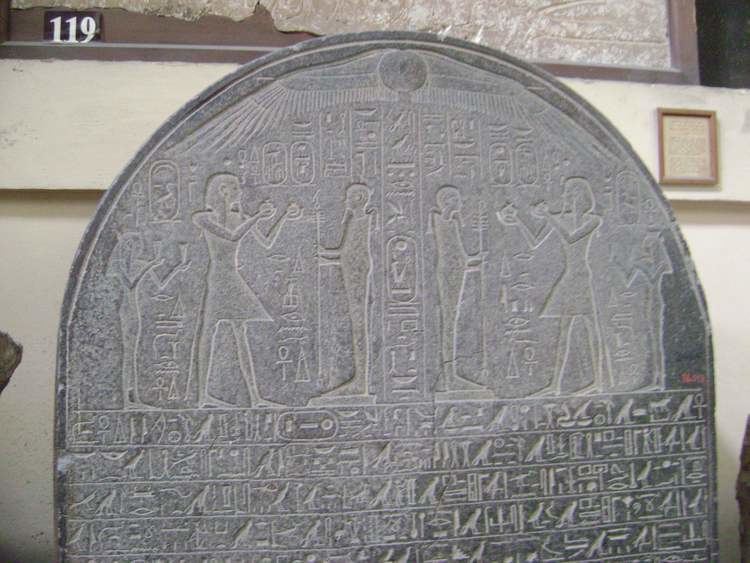Died Thebes? Children Amenemhat | Burial Thebes? Parents Ipu | |
 | ||
Similar Merytre‑Hatshepsut, Thutmose III, Iset, Neferure, Ahmose‑Sitkamose | ||
Satiah (also, Sitiah, Sitioh; “Daughter of the Moon”) was an Ancient Egyptian queen, the Great Royal Wife of Thutmose III.
Contents

Family

Satiah was the daughter of the royal nurse Ipu. It is possible that her father was the important official Ahmose Pen-Nekhebet. No children of Satiah are known, though there is a possibility that Prince Amenemhat – Thutmose's eldest son, who died during 35 years reign of his father – was her son. Satiah died during her husband's 24 years reign and Thutmose's next Great Royal Wife was Merytre-Hatshepsut.
Biography
Satiah's titles include: King’s Wife (hmt-nisw), Great King’s Wife (hmt-niswt-wrt) and God’s Wife (hmt-ntr).

Satiah is attested in several places. In Abydos the text on an offering table mentions her mother, the “nurse of the god” Ipu. The offering table was dedicated by the lector priest Therikiti. A bronze votive axe-head(?) (now in the Cairo Museum), inscribed with the name of Queen Sitiah, was also found in Abydos.
At the temple of Monthu at El-Tod a statue of the queen was dedicated by Tuthmose III after her death (the statue is now in the Cairo Museum).
Queen Sitiah is depicted behind Queen Merytre-Hatshepsut and Thutmose III on a pillar in the tomb of the king (KV34). Behind Queen Sitiah we see the King's Wife Nebtu and the King's Daughter Nefertari.
Satiah is depicted before Tuthmose III in a relief from Karnak. A stela in the Cairo Museum shows Queen Satiah standing behind Tuthmose III.
